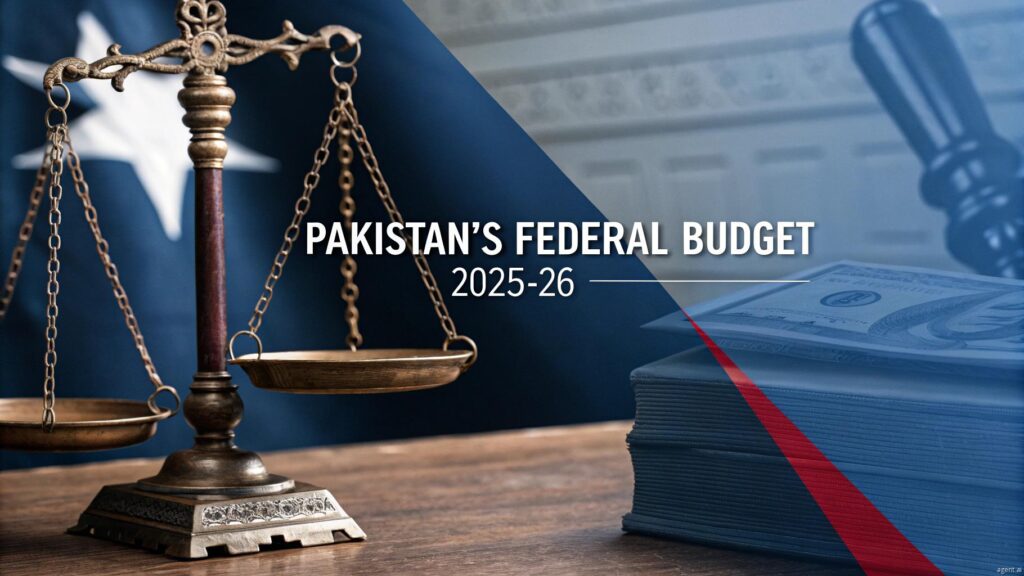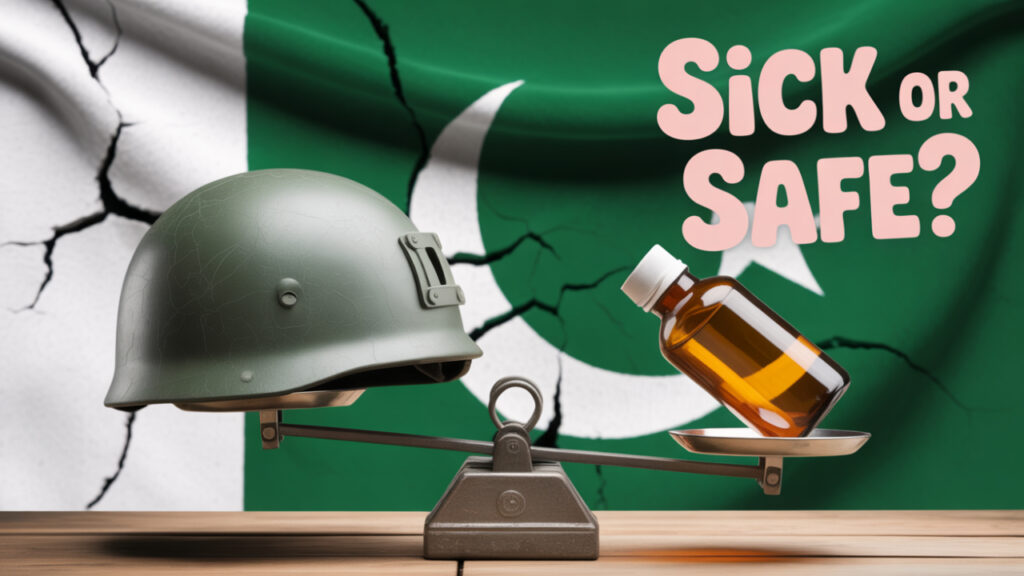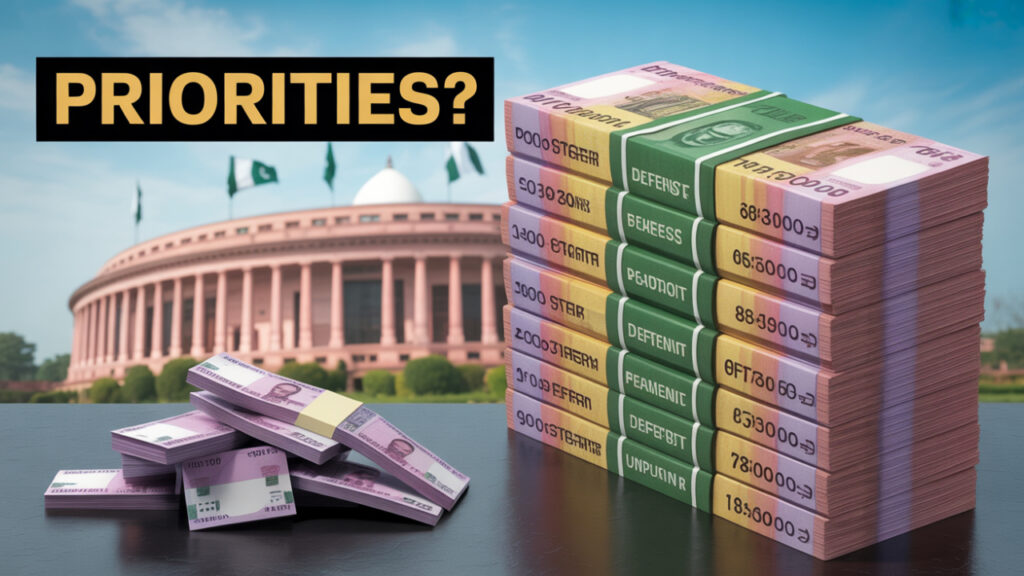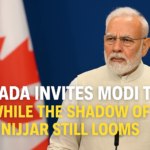By MRA Digital – Islamabad Bureau | June 11, 2025

It’s the same hall, the same routine a finance minister with a promise-laden speech, rows of stiff officials, and an anxious nation holding its breath.
But this year, something felt different.
As Finance Minister Muhammad Aurangzeb announced Pakistan’s Federal Budget 2025–26, it wasn’t just the numbers that echoed it was the silence in between. Rs2,550 billion for defense. Rs14.3 billion for health. A 10% salary hike. A 7% pension raise. Applause broke out in Parliament. Outside, many stared at their screens, unmoved.
“Rs2,550B for defense. Rs14B for health. Guess what matters more?” one viral tweet read, summing up a widespread sentiment with surgical accuracy.
A Budget at War With Itself
In a country navigating IMF pressure, regional hostilities, and a ticking economic time bomb, the new budget feels like both a shield and a gamble.
Defense spending remains the largest allocation, a reflection of continued geopolitical caution. Yet, social sectors whisper in the background, agriculture gets Rs4.2 billion, health barely crosses Rs14 billion, and the dreams of unemployed youth vanish into a fog of old priorities.
Yes, the IT sector dreams big, with a new target to grow exports from Rs5B to Rs25B in five years. But where’s the foundation? Where’s the investment in skills, access, or rural inclusion?
The Smile Behind the Pay Raise and the Worry That Follows
For civil servants, a 10% salary raise brings momentary joy. “At least they remembered us,” said Nasir, a junior government officer in Lahore. “But prices? Utility bills? My rent?” His smile fades.
Meanwhile, pensioners call the 7% raise “symbolic,” barely enough to cover a month’s medication.
The numbers, though bold on paper, mask a deeper contradiction: Pakistan’s fiscal space is shrinking, its borrowing capacity thinning, and yet, energy subsidies worth Rs1,186 billion have been proposed. The same circular debt monster that paralyzed the power sector remains largely untamed.
What the Data Doesn’t Show

This budget tells two stories.
One, of a state preparing for external threats, confident that a strong military secures its sovereignty.
The other, of a population asking quieter, harder questions:
Who will secure our hospitals?
Who will revive our crops?
Who will invest in our children?
In Karachi, a farmer’s cooperative head remarked, “Rs4 billion for agriculture is a joke. We lose that in floods alone. They talk of revival, but we see no seeds, no support.”
Winners, Losers, and the Spaces in Between
The armed forces win, no doubt. The IT sector hopes. The bureaucracy breathes easier.
But the losers?
Pensioners.
Doctors in underfunded hospitals.
Rural youth scrolling through budget hashtags, wondering where they fit.
Even as Fore investors watch Pakistan’s tech ambitions, and regional allies analyze its military posture, the common citizen finds themselves at the intersection of two conflicting visions: power and people.
A Question Hanging in the Air
“We are investing in stability and innovation,” said the Finance Minister. The statement felt crafted, cautious, safe.
But ask a mother sitting in a rural clinic with no medicine. Ask a schoolteacher whose roof leaks when it rains. Ask a young graduate with an IT degree but no internet.
Stability for whom? Innovation for what?

And Then… Silence.
In the end, the budget speaks in billions. But the real stories are told in thousands of rupees stretched, of promises recycled, of sectors neglected.
The applause may have faded in the halls of Parliament.
But outside, a nation still waits not just for figures on a page, but for someone to say: “We see you. We will defend you, too.”










